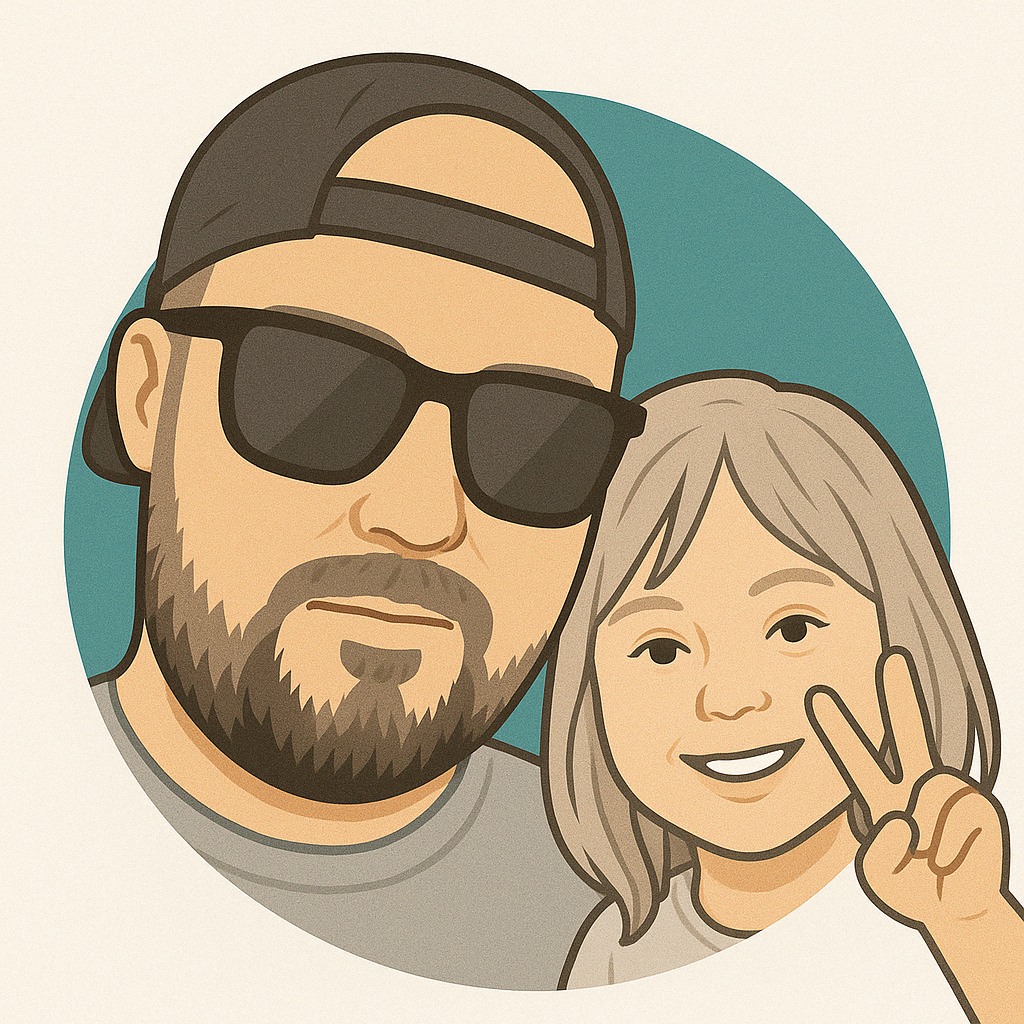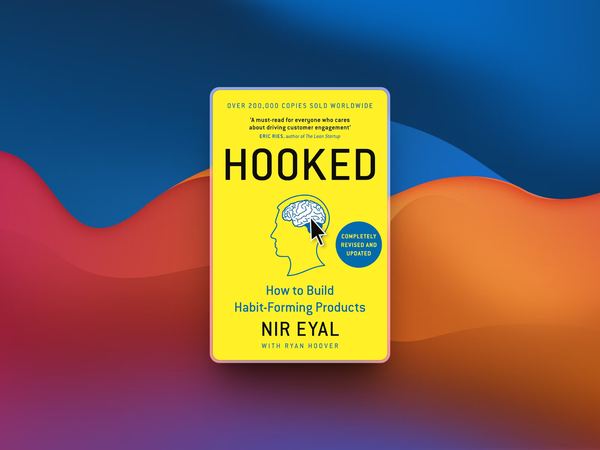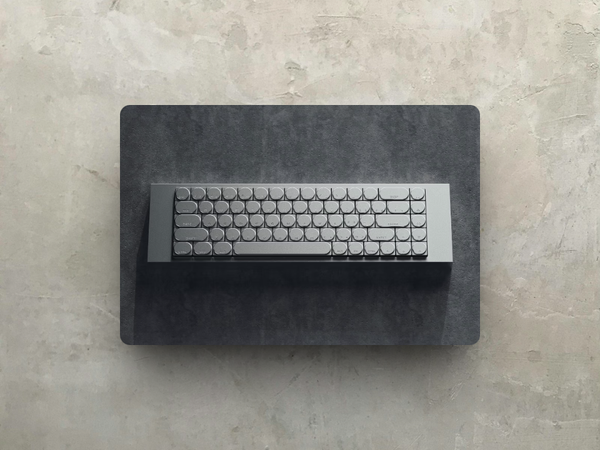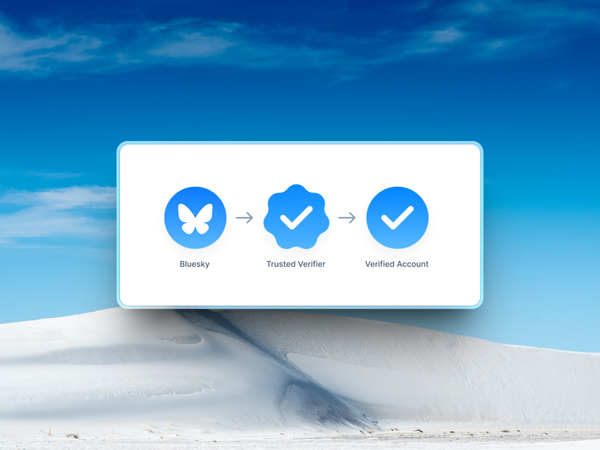The game has changed. Users expect instant gratification. They expect more than just a product or service; they crave experiences crafted just for them.
The modern web demands personalisation, and that’s where good design steps up.
From subtle layout tweaks to data-driven content changes, design plays a pivotal role in tailoring web experiences to individual users.
But how can businesses leverage this power effectively? Good design transforms raw data into a human-friendly interface.
It’s not enough to have mountains of user data; how you use that data through design is what really counts. Design in this context isn’t just about aesthetics—it’s a functional gateway.
For example, elements like responsive grids and modular content blocks are more than just trendy layouts.
They’re tools that allow real-time adjustments based on user behavior.
A returning user? Maybe they see content suggestions based on their history. New visitor? Show them an introductory offer to reel them in.
Every interaction is a step in a journey.
Here's some examples:
1. Increased Engagement and Retention Personalised recommendations, whether for products in e-commerce, content in social media feeds, or news articles, keep users engaged longer by delivering what’s most relevant to them.
2. Higher Conversion Rates For e-commerce, personalised product suggestions based on browsing history and preferences can lead to higher sales. Targeted promotions and reminders boost the likelihood of conversions.
3. Enhanced User Satisfaction and Loyalty Personalised experiences create a sense of familiarity and relevance, making users feel valued and understood. This leads to greater loyalty, whether it's to a brand, a social platform, or a news source.
4. Better Ad Performance Personalised advertising across social media and e-commerce is more effective because it aligns with user interests, increasing click-through rates and making ad spend more efficient.
5. Improved Content Discovery In news and social media, personalisation helps users discover new content aligned with their interests or beliefs. This keeps them informed while exposing them to diverse viewpoints or products they might not actively seek out.
Personalisation enhances these journeys by predicting needs and delivering solutions before users realise they need them.
Consider recommendation systems on sites like Amazon; it’s no coincidence when products you actually want start appearing in your feed.
Personalisation here is no accident—it’s a carefully designed journey.
Thoughtful UX design can anticipate and smooth user paths, making them feel connected and understood, increasing chances of conversion.
But with power comes responsibility.
Personalised experiences can easily become invasive if designers aren’t careful. Transparency about how and why data is used is essential.
It’s up to designers to create interfaces that empower users to manage their privacy preferences, without making them feel watched.
This balance can build trust, a crucial asset when personalization involves sensitive data.
And there’s no question: personalised web experiences drive revenue. By using data to design for user preferences and behaviors, businesses can create seamless, tailored experiences that convert.
Studies show that personalisation can significantly boost sales and retention rates. But the real trick is aligning design choices with these objectives.
Every layout tweak, color choice, and user flow decision impacts how users feel about the brand. Good design ensures these elements come together cohesively, nudging users towards a purchase or conversion.
The push for hyper-personalization is only getting stronger.
As AI and machine learning become more accessible, design will have new tools to work with, making even more accurate predictions and crafting more refined experience.
Designers have a responsibility to steer these advancements in a way that respects users while driving results. In the end, good design bridges the gap between data and the human experience, making every click feel meaningful.
In short, design isn’t just decoration—it’s an enabler, turning data into a meaningful narrative for each user. And for businesses, that’s where the real value lies.











